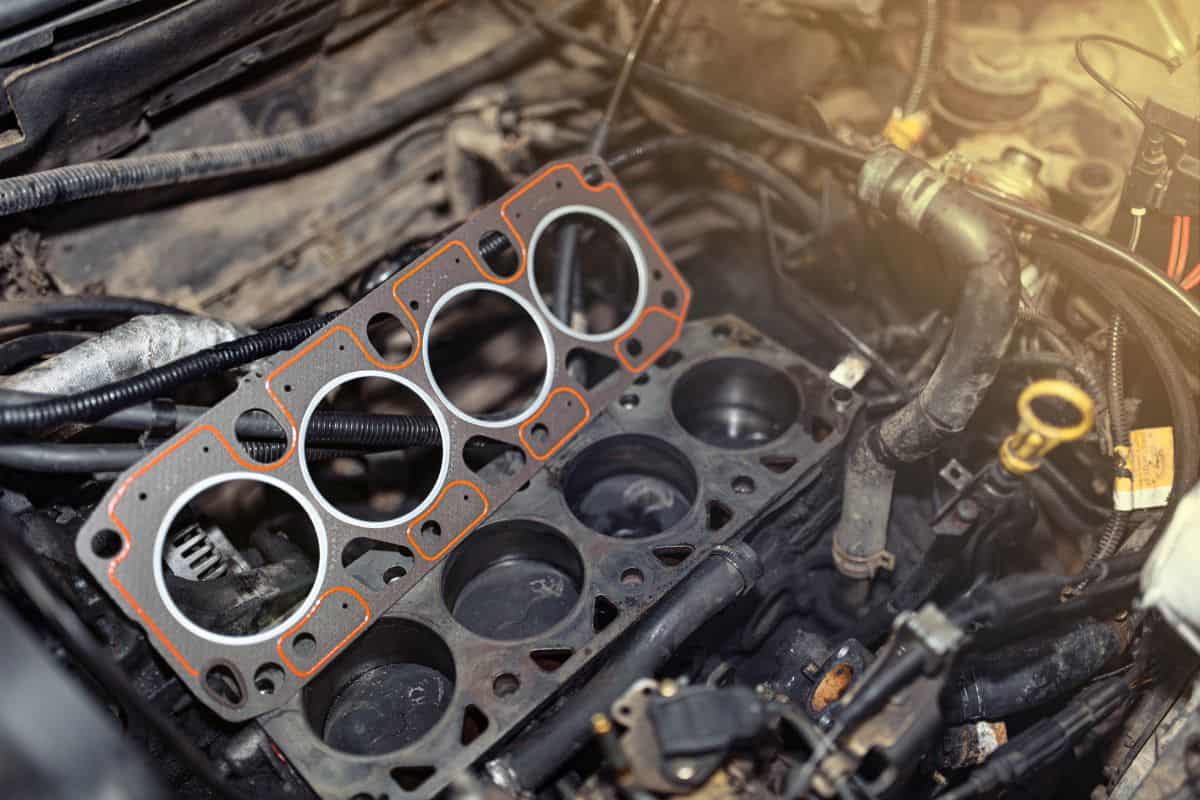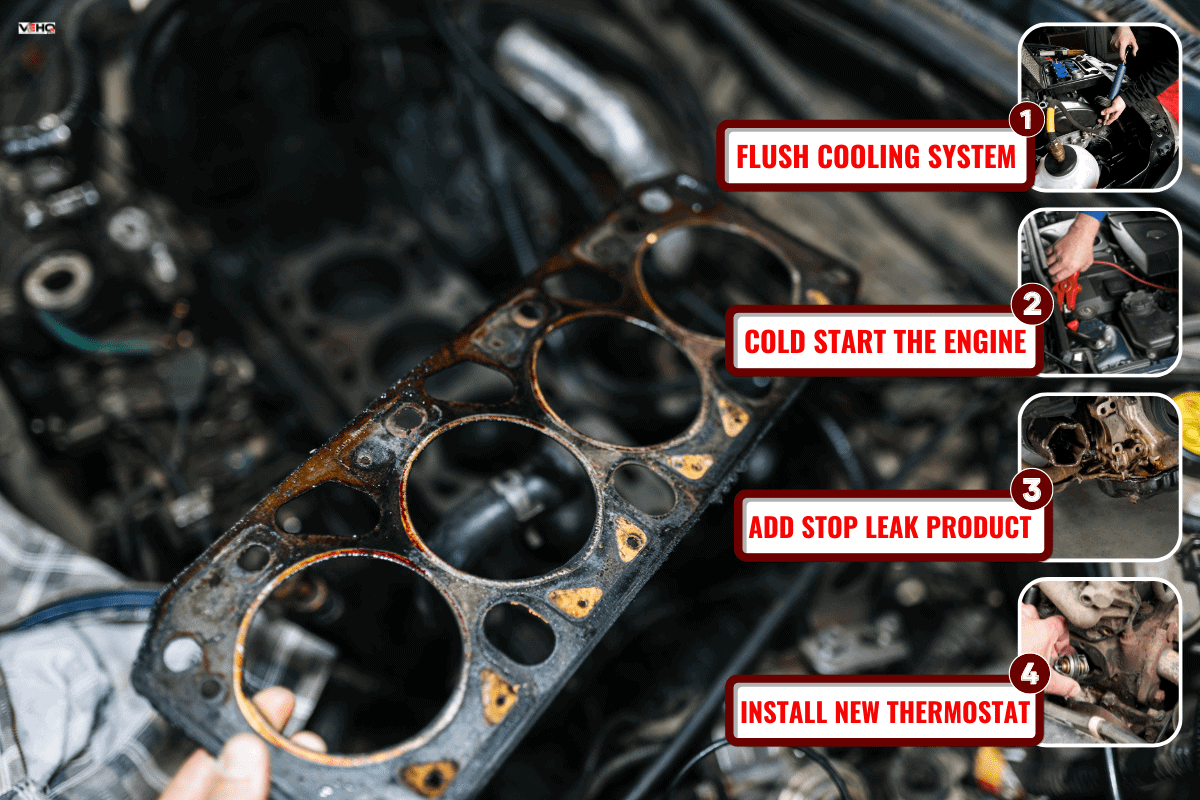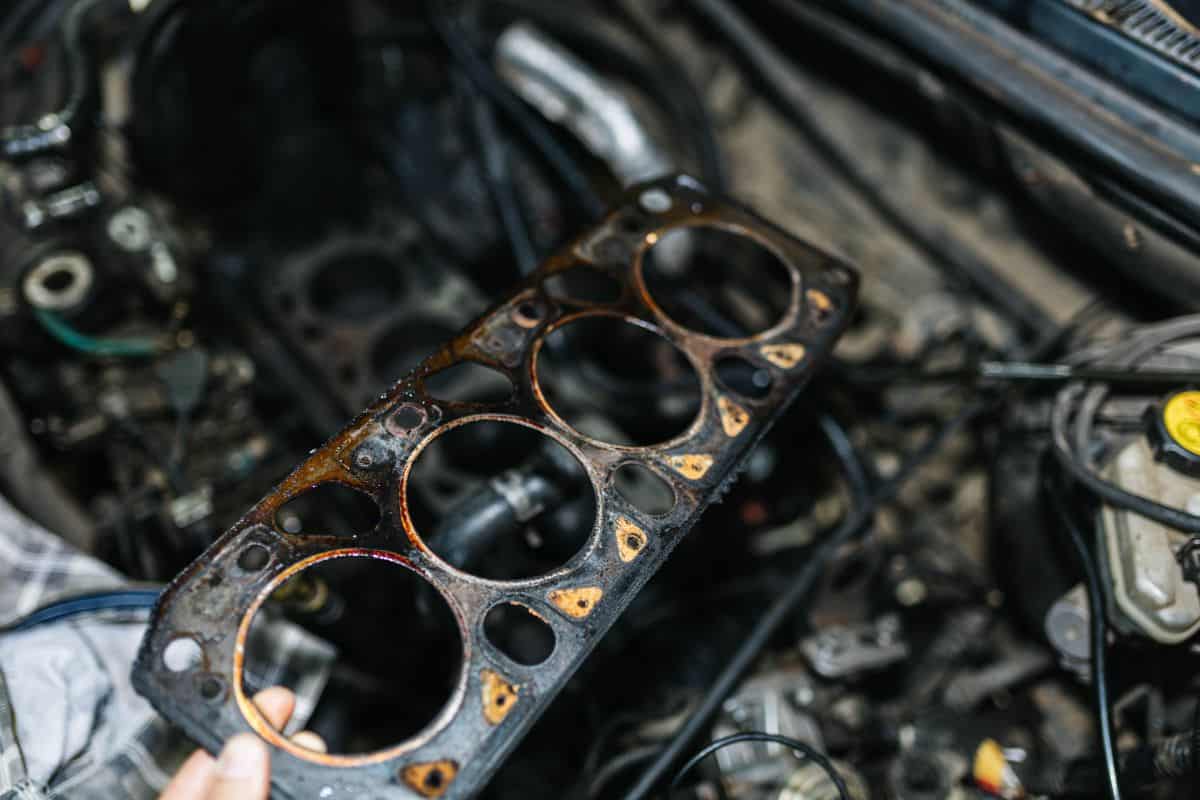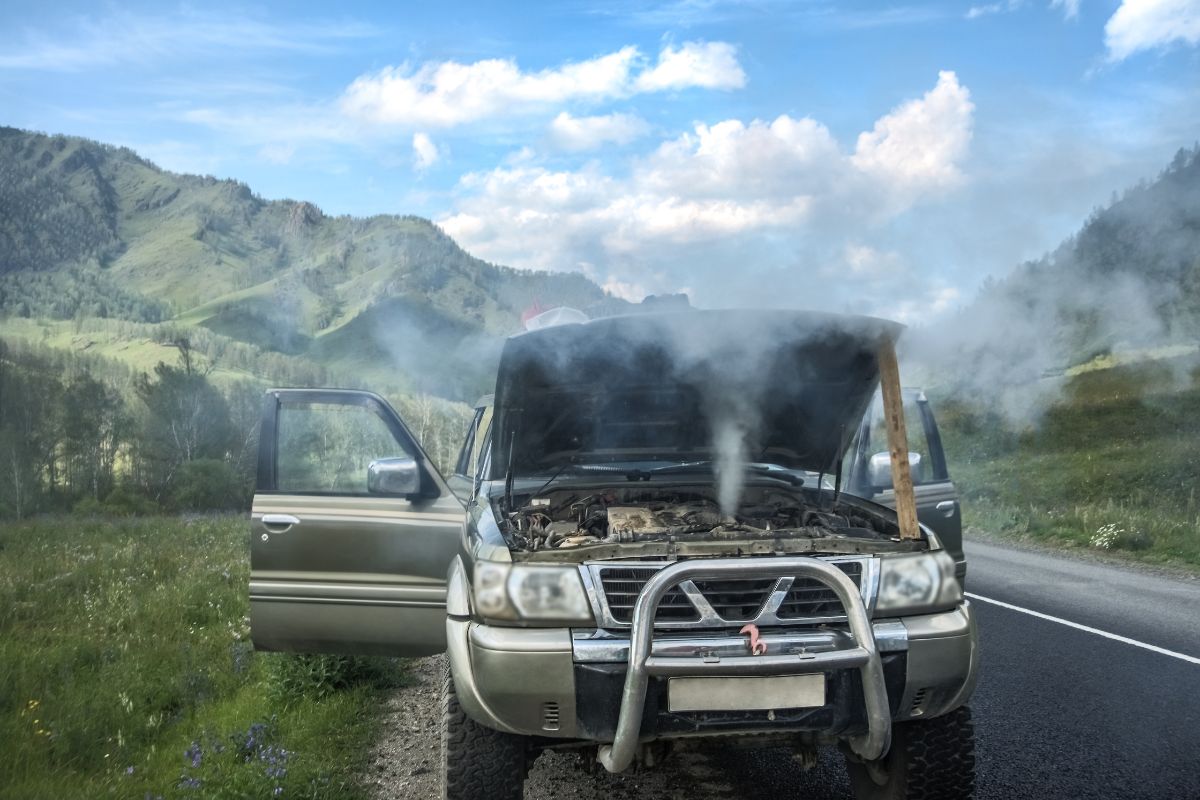Stop-leak products are common for fixing leaking engine seals without needing to go to a mechanic. But does a stop-leak product work for head gaskets? Let's take a look to see if this is an option.
Products such as Bar Leaks and Blue Devil stop leaks can be effective solutions to leaking head gaskets. However, these are temporary solutions intended for small leaks. If you use a stop leak product and the problem persists, we recommend going to a certified mechanic as soon as possible.
Understanding when to use a stop-leak product will help you decide if it makes sense for your vehicle. In this article, we will explain how stop-leak products work and when it's time to go to a mechanic. In addition, we will answer other frequently asked questions about head gasket problems, so read on!
Can You Fix A Head Gasket With Stop Leak?
A head gasket plays a vital role in the performance of a vehicle. Not only does it keep oil and coolant from spreading to other parts of the vehicle, but it also maintains the combustion chamber in your vehicle.

When a head gasket blows, your vehicle will overheat and misfire. As a result, you will be looking at a vehicle that can't run and hefty repair bills.
It's common for head gaskets to have cracks that cause leaks. Over time, those leaks get worse, causing your vehicle's head gasket to blow.
Some products on the market claim to be able to seal blown head gaskets permanently. However, don't expect a stop leak to work miracles on a blown head gasket. The most it can do is temporarily stop the leak until you can get the issue fixed properly by a certified mechanic.
For example, the Bar Leaks product claims to fix a blown head gasket permanently. But another page of their website states that customers had a temporary fix of 10,000-50,000 miles.
Nonetheless, purchasing a product for $30-60 to temporarily fix a problem for 1-4 years (depending on annual driving) is worth a shot.
If you are going to use a stop-leak product on your head gasket, be sure to follow the instructions carefully. The last thing you want is to worsen the problem or cause damage to other parts of your vehicle.
If you are curious about how to apply a stop leak product to seal a head gasket leak, then keep reading. We will walk you through the process so you can get an idea if the product is right for you.
Check out Bar Leaks head gasket fix on Amazon.
How Do You Use A Stop Leak Product For A Head Gasket?

In order to use a stop-leak product for your head gasket, follow the steps below:
1. Flush Cooling System
Before applying a stop-leak product, the cooling system needs to be clean and free of impurities.
To do so, remove the thermostat and flush the cooling system with a radiator flushing agent. You can find radiator flushing agents at your local automotive store.
Next, you will need to fill the radiator with water, leaving enough room for your stop-leak product.
2. Cold Start The Engine
It's important to note that your engine needs to be cold before applying a stop-leak product. To be safe, let your car sit for a few hours or overnight before going through the steps.
With the engine cold, remove the radiator cap, start the engine, and turn the heater to the max.
3. Add Stop Leak Product
Slowly pour the stop-leak product into the radiator with your car engine idling. It should take you a minute to pour the entire bottle, so time it if you need to.
Once you have filled the radiator with a full bottle of stop-leak, put the radiator cap on, and let the engine idle for a minimum of 50 minutes.
4. Install New Thermostat
Once the 50 minutes have passed, you can turn the engine off and let it cool. Ensure the engine is completely cool before installing the new thermostat. Once the thermostat is installed, you will need to drain enough water from the radiator and refill it with a compatible amount of coolant.
Be sure to follow the instructions on the stop leak carefully. Each engine is different and may require more or less stop-leak to fix the issue.
Once you have applied the stop-leak, it's important to keep an eye on your engine temperatures. If you notice high engine temperatures, take your vehicle to a mechanic to inspect it.
What Are The Warning Signs Of A Blown Head Gasket?

There are telltale signs that your head gasket is blown, such as:
White Exhaust Fumes
White exhaust fumes are a sign that coolant is leaking into your engine cylinders. You will also notice a drop in your coolant level.
Oil Has A White Milky Color
If you check your dipstick and see a milky white discoloration, then this is also a sign of a blown head gasket. This is a sign that oil is leaking into the cylinders and burning. If this is the case, you may also see blue fumes coming from the exhaust.
Engine Is Overheating
As the coolant levels drop, your engine will begin to overheat. In this case, you should pull over to a safe area and let your engine cool. Once your engine is completely cool, take the radiator cap off and check for air bubbles in the coolant.
It's critical not to open the radiator cap when the engine is still hot. When the engine is hot, pressure is built up, and it can result in a hot coolant spraying on your or anyone nearby.
Misfiring Engine
Last but not least, if your engine is misfiring, then it could be due to a blown head gasket. This could be sputtering power, stalling, or loss of efficiency. This happens when coolant leaks into the spark plug, causing an inefficient ignition of fuel and air.
Any of these warning signs are not something to take lightly. If you are driving and you notice these signs, pull over to a safe place and call a certified mechanic. They will be able to tell you the next course of action.
A mechanic will likely send someone to inspect the issue or recommend a tow truck to bring the vehicle to the shop.

How Much Does It Cost To Fix A Blown Head Gasket?
On average, a blown head gasket can cost $1,000-2,000 to repair. In most cases, this makes more sense than scrapping a vehicle.
If the repair costs are out of your budget, then ask the mechanic shop if they are off a payment plan. While not all of them do, some will help customers out in a tight spot.
If you own your vehicle free and clear, you could choose not to fix it. Instead, you can cut your losses and purchase a new vehicle.
Before you decide to do this, check the market value of your vehicle in good condition. If the vehicle is worth more than it would cost to repair, it makes sense to fix it and sell it.
The price to repair the head gasket will vary depending on a few factors. First, the severity of the damage will come into play. The sooner you catch a leak, the less it's going to cost to fix the head gasket.
Next, the mechanic who does the repair will determine the cost. Repairing a blown head gasket is a labor-intensive job, and if you live in a region where the cost of living is high, the labor will reflect that.
This is why it's best to get multiple quotes before choosing a mechanic shop. You may find someone who will fix the issue for less.
Can You Still Drive With A Blown Head Gasket?
There is no law stating that you can't drive with a blown head gasket, but it's not a good idea. As mentioned, a blown head gasket will cause performance issues such as stalling or loss of power.
If this happens while you are on the interstate or in bumper-to-bumper traffic, you can put yourself and others at risk. Plus, the longer you wait, the more expensive the repair costs are going to be.
If you are able to avoid getting into a car accident, sooner or later, the engine will fail. This will leave you stranded on the side of the road, waiting for a tow truck.
Avoid these potential risks, and address the problem before it gets out of hand.

Final Thoughts
Overall, head gasket problems should be addressed as soon as possible. It is worth trying a stop-leak product to fix the problem. However, if the issue persists, be sure to contact a certified mechanic for help.
Made it to the end? Here are other articles you might find helpful:
Should I Use Gasket Sealer On Transmission Pan?
Can You Have A Blown Head Gasket With No Symptoms?
Most Common Problems After Head Gasket Replacement – What To Look For?

